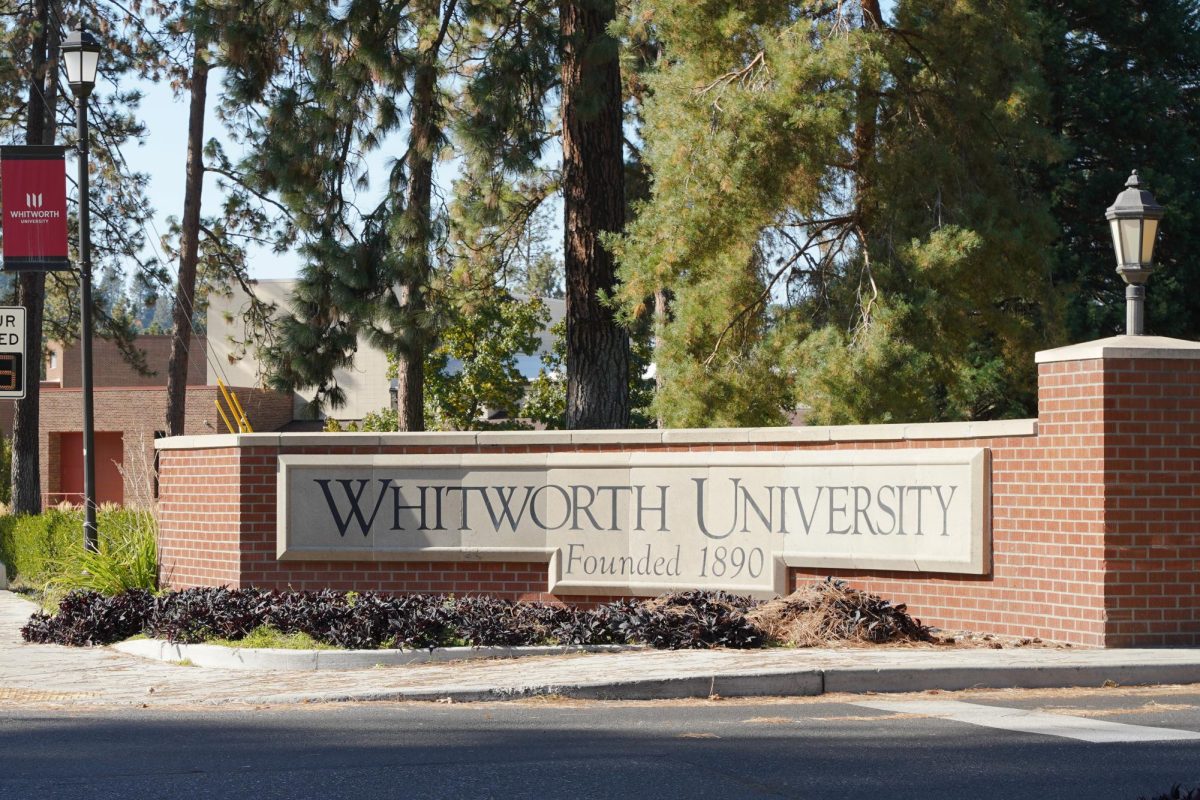The beginning of each semester brings payment amount information every student must face. For many, financial aid helps manage that figure.
“Ninety-six percent of full-time matriculated day students receive financial aid,” said Wendy Olson, director of financial aid.
A financial aid package may include scholarships, grants, work study and loans. These numbers fluctuate based on each student’s demonstrated financial need through the FAFSA form.
“Work study is great because it helps students not borrow as much and build their résumé,” Olson said.
Of the four categories, scholarships and grants are considered gift aid, as they do not need to be paid back, unlike loans. In the current student population, 2,188 of matriculated day students receive gift aid, averaging $19,000, Olson said.
The average amount of financial aid received by a full-time matriculated day student is around $27,154, Olson said.
With the presidential election coming up in November, college readiness and federal financial aid spending have been hot topics in the media.
Republican presidential candidate Mitt Romney attributes increased federal financial aid to an increase in tuition. He seeks to revise current regulations to shift college financing into the private sector.
“Romney would limit eligibility for the Pell to the neediest students, eliminate recent regulations and increase the private sector’s role in student lending,” according to the National Association of Student Financial Aid Administrators website.
A Pell Grant is gift aid from the federal government. Some colleges also provide institutional grants through their endowments and donors.
During President Barack Obama’s administration, the federal student loans interest rate was maintained. The regulation was about to expire and if it had, student loan interest rates would have doubled. Congress extended the low rate until June of 2013.
According to the White House website, “The President’s proposal to reform student aid to keep tuition from spiraling too high and drive greater value will improve distribution of federal financial aid and increase campus-based aid.”
On a practical note, Olson pointed out that a lack of federal funding would impact Whitworth students and their amount of student debt.
“It would reduce the amount of grants available to Whitworth students which could increase student loans,” Olson said.
According to StudentAdvisor.com, Whitworth tuition for the 2010-2011 school year totaled $29,890. Currently, tuition per year sits at $33,676, according to the Whitworth website.
Students pay for Whitworth using different combinations.
“I have a little bit of everything in my financial aid package,” senior Kerra Sivonen said.
Her parents do not help pay for school tuition. Sivonen said they help when they can with smaller expenses, such as gas.
“Finances are always something I worry about because my parents are not helping me,” she said.
Before her freshman year, Sivonen calculated the starting salary of her ideal job, an account manager. The starting salary is about $35,000 a year. She strives to keep her debt below that amount.
So far she has succeeded, with about $7,000 a year in loans. She will graduate about $21,000 in debt.
“That’s better than the national average, I think,” Sivonen said.
Though Whitworth is an expensive school in comparison to other universities, Sivonen feels the experience is worth the price.
“I really value the small size of Whitworth. I also really wanted to go to a Christian school. God has always given me the money I need to make it through,” she said.
Senior Michael Baxter has turned down education because of finances. He started attending Whitworth spring semester of 2011. He was able to attend for one semester and has now returned after a year hiatus.
When students turns 24 years old, they file FAFSA separate from their parents, Baxter said. In spring 2011, he was 23 and his father worked at Microsoft. He did not receive much in the way of financial aid.
Since then, Baxter turned 24 years old and his father was laid off from Microsoft. Thus his gift aid increased substantially.
“Half my tuition is covered by grants,” Baxter said.
While Baxter admits to enjoying the physics department, he does not think it would be worth attending Whitworth if the financial aid were not as substantial.
“I think Whitworth offers a great education, but I wouldn’t want to take out $30,000 in loans each year. Grants were crucial to my decision to come to Whitworth,” he said.
Sophomore Kailley Grantham knows the feeling of doubting continuation at Whitworth.
“I’m so financially needy that I get grants,” Grantham said.
Last spring when estimated financial aid numbers were being sent out, Grantham discovered a mix-up in some numbers. A much larger number than intended had been accidentally placed on a FAFSA form changing her financial aid total. Two days before fall semester started the confusion was straightened out.
“All of a sudden I had no Pell grant, my grants were less and my loans were less,” Grantham said.
Grantham uses the maximum amount of grants awarded as well as the maximum amount of loans she qualifies for.
“I haven’t completely crunched the numbers because it scares me,” Grantham said, referring to her debt upon graduation.
Like Sivonen, Grantham said she values Whitworth and its education enough to endure the financial burden.
“No matter how expensive it is or how much financial hardship I will go through, I feel like it’s worth it,” Grantham said.
More information about types of financial aid can be found at the Financial Aid office.
Contact Caitlyn Starkey at cstarkey13@my.whitworth.edu.






